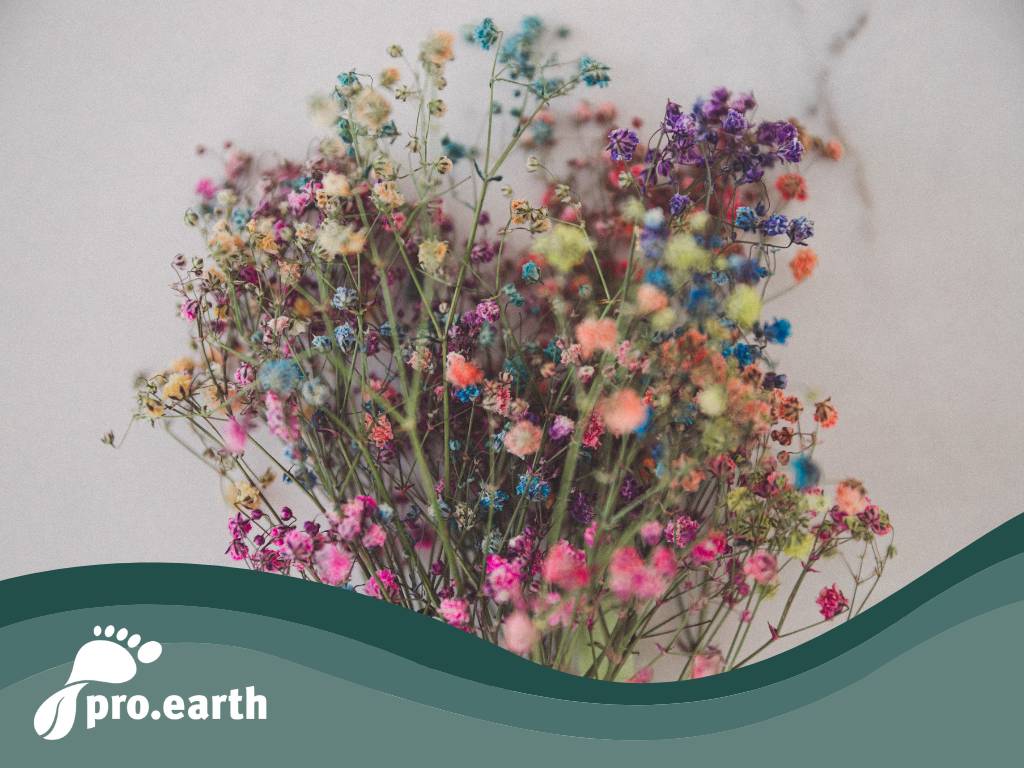Regional, seasonal and organic - the Slowflower movement

I recently asked the owner of the local flower store if she had ever heard of the "Slowflower" movement and she replied in the negative. So I am now writing about this movement, this community in German-speaking countries, which describes itself as a swarm and which, in my opinion, makes a valuable contribution to a more sustainable life.
What is the current situation on the flower market?
According to Greenpeace, Germany is the world's largest importer of cut flowers with around 4 billion euros annually. In the course of globalization, price pressure has intensified and the production of over 90% of all cut flowers sold in Germany, Austria & Switzerland has been relocated abroad. The flowers come from countries such as Kenya, Zambia, Ethiopia or Ecuador, where soils, lakes and nature reserves are poisoned by the pesticide residues from monocultures. In addition, there is no or inadequate protective clothing, low wages and exploitation. Another problem is the enormous water requirement of these monocultures.
Nowadays, flowers are cheap, uniform and always available.
What does the Slowflower movement want?
Unfortunately, there is hardly any education, information or public relations work in this area. As there is no obligation to label the origin of flowers as there is for food, the Slowflower movement aims to create trust and transparency with its guidelines by imposing very strict criteria on its members.
Many members of this movement grow flowers themselves. In a small farm, some in the city, some in rural areas, usually the cultivation areas are less than 1 hectare in size. They are grown according to the following criteria and processed into bouquets, wreaths and dried flowers.
- Without pesticides
- With the help of the circular economy
- Without disposable plastic
- With great care in dealing with the soil
- Using pure oragnic fertilizer
- and sustainable packaging
Facts and figures
The Slowflower movement includes
- 208 members in Germany, Austria and Switzerland
- 85% are small businesses and work alone or in pairs
- 70% are farmer-florists, this includes cultivation as well as sales
- 75% are self-taught florists
- 50% have a cultivation area of around 500 m2, around 15% have 2,000-5,000 m2
- 30% do this as a full-time job and 50% as a part-time job
It is therefore a - still - small, fine movement that will hopefully grow strongly!
Buying cut flowers from regional cultivation contributes to healthy development in this sector.
Here you can find the locations of the individual Flowflower members!






